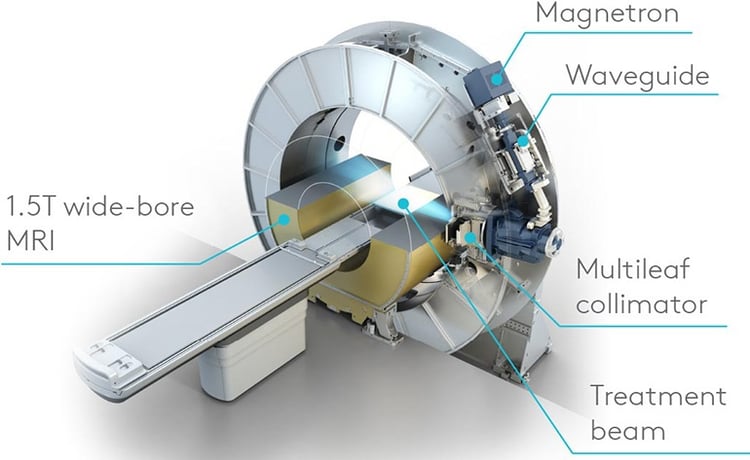"3DCS saves lives."
A lofty statement, but perhaps, in the right hands, it really can contribute to saving lives.
Avery Montembeault, Dimensional Engineer at Philips Medical, demonstrated how the use of 3DCS to design medical devices can help to save lives.

This was done through the use of 3DCS in the design (DFMA, Design for Manufacture and Assembly) of the magnet system of the Elekta MR-LINAC, a combination MRI - Magnetic Resonance Imaging device and a unique radiation projector that allows doctors to view the internal structures of patients, and then project radiation onto the specific cancer sites within the patient's body.

Image courtesy of https://www.medgadget.com
This reduces the collateral damage most often associated with radiation therapy, as well as allowing a larger administration of radiation to the cancer zone to destroy the greatest amount of cancer with the least amount of damage to the patient.
DCS will never share your information with a third party or add you to a mailing list without permission. Read our privacy policy to learn more about how DCS protects your information.